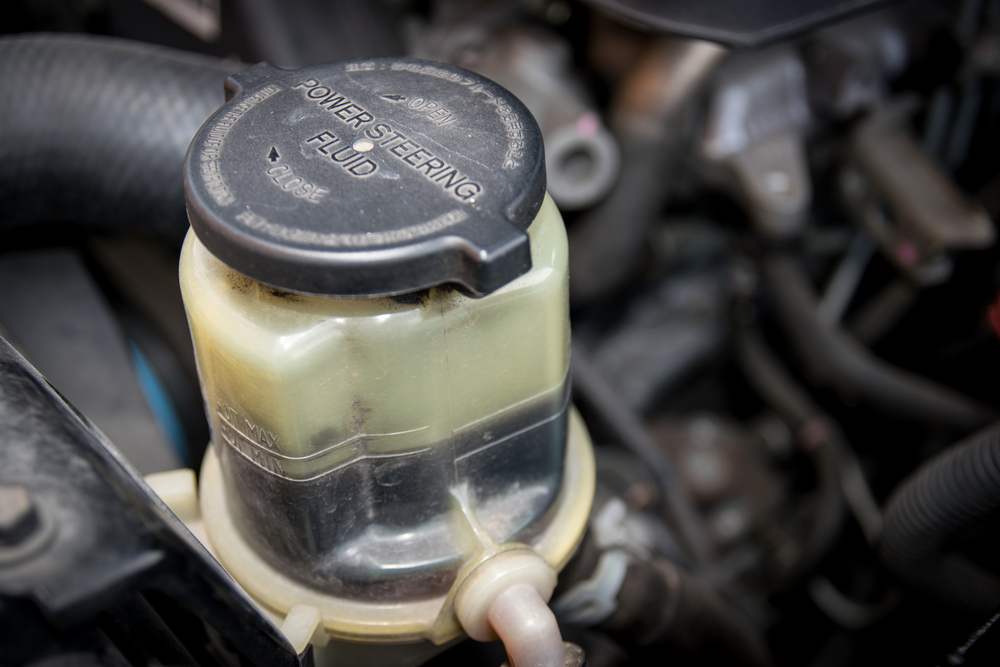What is power steering? It is a system that allows you to steer the vehicle and turn the steering wheel with little or no effort. A fluid is necessary for its proper operation. However, the type of fluid used may differ between vehicle manufacturers. The fluid level should be checked regularly and may need to be replenished or changed.
What are the risks?
A fluid level that is too low can cause serious damage to operating components and repairs can be costly.
Typical symptoms of a low power steering fluid level are:
- Moaning noise
- Squeaking when turning
- Increased steering effort
- Caution: Do not confuse brake fluid with power steering fluid. Pouring either fluid into the wrong reservoir can cause serious damage and a dangerous driving situation.
The electronic power steering systems, used by many manufacturers, do not require a fluid pump. Indeed, driven by the rotation of the engine to operate, it will increase fuel economy.
- Note: Refer to the manufacturer’s manual for any checks, fluid additions or the type of fluid to use if you find the fluid level is too low.
How do I check the level?
- The power steering symbol can usually be found on the fuel cap.
- Equipment needed
- Specified power steering fluid bottle
- Funnel
- Gloves
- Safety goggles
- Towel to clean up any overflow
- Vehicle Owner’s Manual
- White fabric or paper towel
Step 1: Check the manufacturer’s manual for service information.
The location of the power steering reservoir, fluid level specification and fluid type can be found in the owner’s manual. This publication will also show you how to read the fluid level markings. Some fluids are checked while the engine is running.
Step 2: Locate the power steering reservoir.
Observe the area around the cap. If the reservoir is wet, the fluid level may have been too high or the cap may have a poor seal.
- Note: Few vehicles are equipped with a vented power steering reservoir cap.
Step 3: Check the fluid level and condition.
If you are working with a clear reservoir with level marks, the measurement can usually be found on the side of the reservoir. Other vehicles are equipped with a level indicator on the fuel cap.
- Note: Some vehicles have hot and cold level marks. Power steering fluid expands when it becomes hot, so the fluid level changes. If the vehicle has not been driven for at least 8 hours, use the cold reading. Otherwise, use the hot level reading. If the fluid level is at or below the add mark, there may be a leak.
- A long spike or a liquid level gauge may help you drain the liquid on a white towel. Compare the color of the old fluid to the new. Dark brown or black fluid should be rinsed off to avoid premature malfunction.
- Some vehicles use ATF (automatic transmission fluid) in the power steering system. You must use the fluid specified in the owner’s manual.
Step 4: Fill the power steering fluid if the level is low.
Using your funnel, slowly pour the fluid into the reservoir, making sure not to overfill the reservoir. If your vehicle uses an indicator gauge, it may be necessary to remove the funnel and insert the gauge between the outlets to accurately check the fluid level. A low liquid level often indicates a leak in the system and professional advice should be sought.
Every fluid in your vehicle should be checked at least every oil change interval. This can alert you to any concerns before they become more costly repairs. Refer to your vehicle owner’s manual for recommended maintenance intervals.

